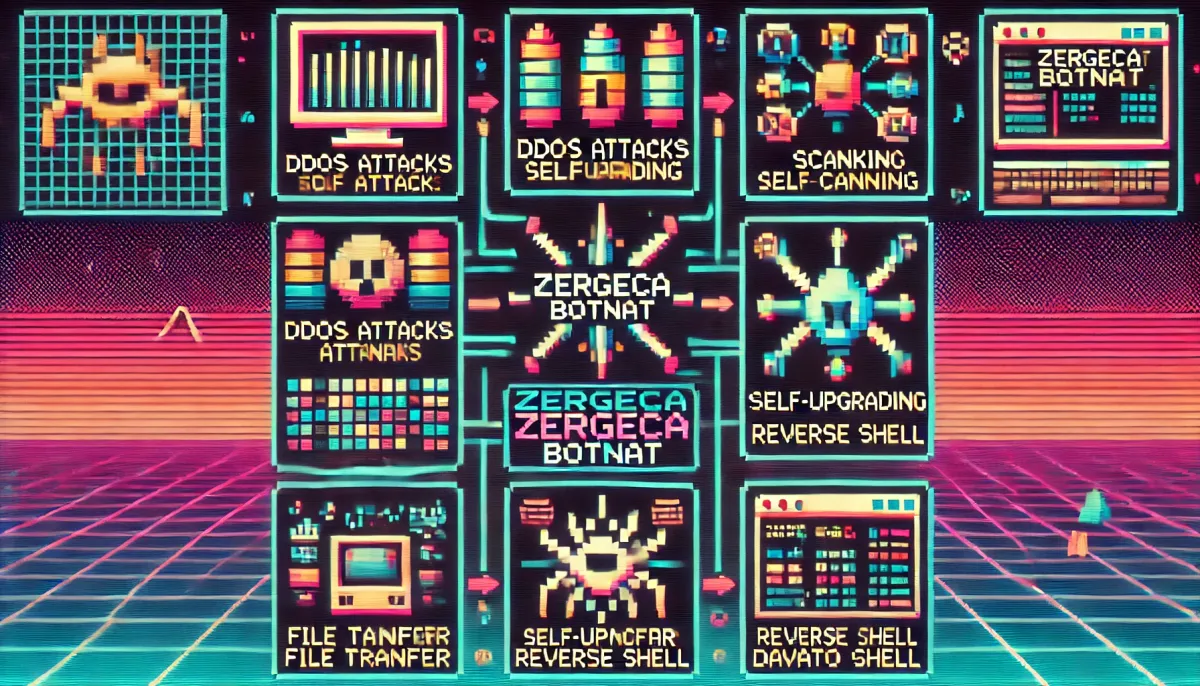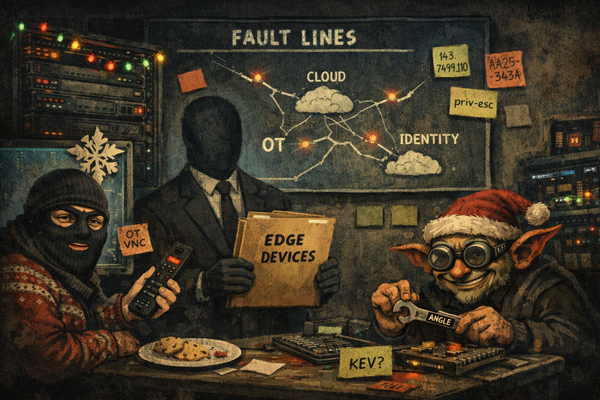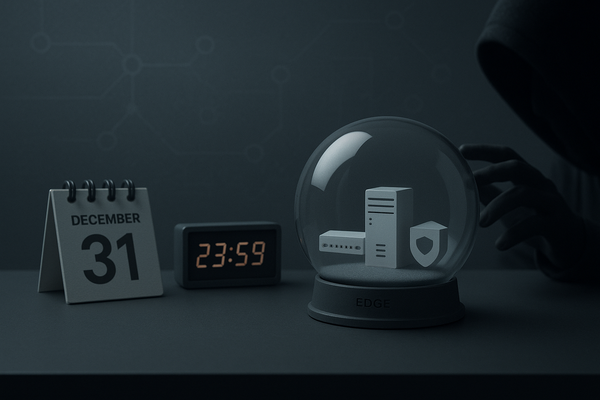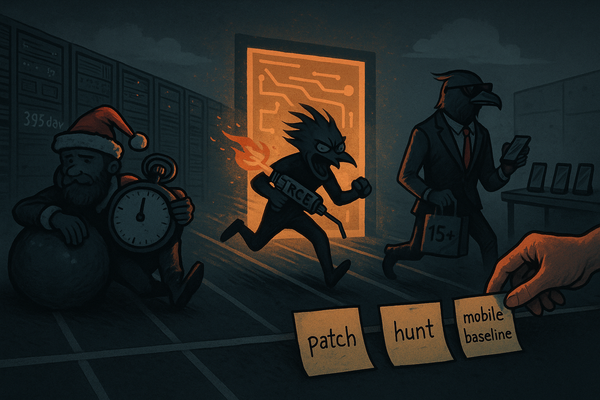RESEARCH: Zergeca botnet

The Zergeca botnet is significant due to its sophisticated capabilities, which extend beyond typical Distributed Denial of Service (DDoS) attacks to include functionalities such as proxying, scanning, self-upgrading, file transfer, reverse shell, and collecting sensitive device information. This analysis is crucial for law enforcement and cybersecurity professionals to understand the threat posed by Zergeca and to develop effective countermeasures.
The research involved reviewing multiple sources to gather comprehensive information about the Zergeca botnet. The primary sources included detailed technical reports and blog posts from cybersecurity research labs and threat intelligence platforms. The findings from these sources provided insights into the botnet's architecture, operational methods, indicators of compromise (IoCs), and potential mitigations.
Assessment Rating
Rating: HIGH
The assessment rating for the Zergeca botnet is HIGH. This rating is based on the botnet's advanced capabilities, its potential for significant harm through DDoS attacks and other malicious activities, and its low detection rates by antivirus software. The botnet's ability to evade detection and its continuous development by its authors further elevate the threat level.
Findings
- Advanced Capabilities: Zergeca is implemented in Golang and supports multiple attack methods, including DDoS, proxying, scanning, self-upgrading, file transfer, reverse shell, and collecting sensitive device information.
- Low Detection Rates: The botnet employs techniques such as modified UPX packing and XOR encryption for sensitive strings, which contribute to its low detection rates by antivirus software.
- Command and Control (C2) Infrastructure: Zergeca uses multiple DNS resolution methods, prioritizing DNS over HTTPS (DoH) for C2 resolution, and employs the Smux library for encrypted C2 communication.
- Persistence Mechanisms: The botnet achieves persistence on compromised devices by adding a system service that ensures the botnet process is automatically restarted if terminated.
- Competitor Elimination: Zergeca includes a module to remove competing malware from infected devices, ensuring exclusive control.
- Continuous Development: The botnet is actively being developed and updated, with new samples and capabilities being observed over time.
Indicators of Compromise
-
IP Addresses:
- 84[.]54.51.82 (C2 server)
- 145[.]239.108.150 (Mirai botnet C2)
-
Domains:
- ootheca[.]pw
- ootheca[.]top
- bot[.]hamsterrace[.]space
-
File Hashes:
- 23ca4ab1518ff76f5037ea12f367a469
- 9d96646d4fa35b6f7c19a3b5d3846777
- d78d1c57fb6e818eb1b52417e262ce59
- 604397198f291fa5eb2c363f7c93c9bf
- 60f23acebf0ddb51a3176d0750055cf8
Yara Rules
- Yara Rule for Zergeca Botnet:
rule Zergeca_Botnet {
meta:
description = "Detects Zergeca Botnet samples"
author = "XLab"
date = "2024-06-19"
strings:
$magic = { 30 21 91 01 }
$upx = "UPX!"
$xor_key = { EC 22 2B A9 F3 DD }
condition:
(uint32(0) == 0x464c457f) and ($magic or $upx or $xor_key)
}
Recommendations, Actions and Next Steps
-
Network Segmentation and Monitoring:
- Implement network segmentation to limit the spread of the botnet within the network.
- Monitor network traffic for unusual patterns, especially those involving the identified IoCs.
-
Regular Patching: Ensure that all systems are regularly patched and updated to mitigate vulnerabilities that the botnet may exploit. Pay special attention to known vulnerabilities such as CVE-2022-35733, CVE-2018-10562, CVE-2018-10561, CVE-2017-17215, and CVE-2016-20016.
-
Endpoint Protection and Detection:
- Deploy advanced endpoint protection solutions capable of detecting and mitigating threats like Zergeca.
- Regularly update antivirus and anti-malware software to recognize new variants of the botnet.
-
DNS Security:
- Implement DNS security measures, such as DNS over HTTPS (DoH) monitoring, to detect and block malicious DNS queries.
- Use threat intelligence feeds to block known malicious domains associated with Zergeca.
-
Incident Response and Forensics:
- Develop and implement an incident response plan specifically for botnet infections.
- Conduct regular forensic analysis of compromised systems to identify and remove persistent threats.
-
User Education and Awareness:
- Educate users about the risks of phishing and social engineering attacks, which are common methods for botnet distribution.
- Encourage users to report suspicious activities and potential security incidents promptly.
-
Collaboration and Information Sharing:
- Collaborate with other organizations and threat intelligence platforms to share information about Zergeca and other emerging threats.
- Participate in cybersecurity forums and communities to stay updated on the latest threat intelligence.
References and Citations
- New Threat: A Deep Dive Into the Zergeca Botnet | Cyware Alerts
- New Threat: A Deep Dive Into the Zergeca Botnet - XLab
- Beware Of Zergeca Botnet with Scanning & Persistence Features | GBHackers
APPENDIX
Mitre ATTACK TTPs
- T1071.001 - Application Layer Protocol: Web Protocols
- T1090.002 - Proxy: External Proxy
- T1105 - Ingress Tool Transfer
- T1078 - Valid Accounts
- T1219 - Remote Access Software
Mitre ATTACK Mitigations
- M1030 - Network Segmentation
- M1049 - Antivirus/Antimalware
- M1024 - Restrict Registry Permissions
- M1056 - Pre-compromise
- M1057 - Post-compromise
Get questions like this? Does it take a chunks out of your day? Would you rather be working on more interesting intelligence tasks? Would you like help with the research?
This baseline report was thoughtfully researched and took 5 minutes.. It's meant to be a rough draft for you to enhance with the unique insights that make you an invaluable analyst. We just did the grunt work..





